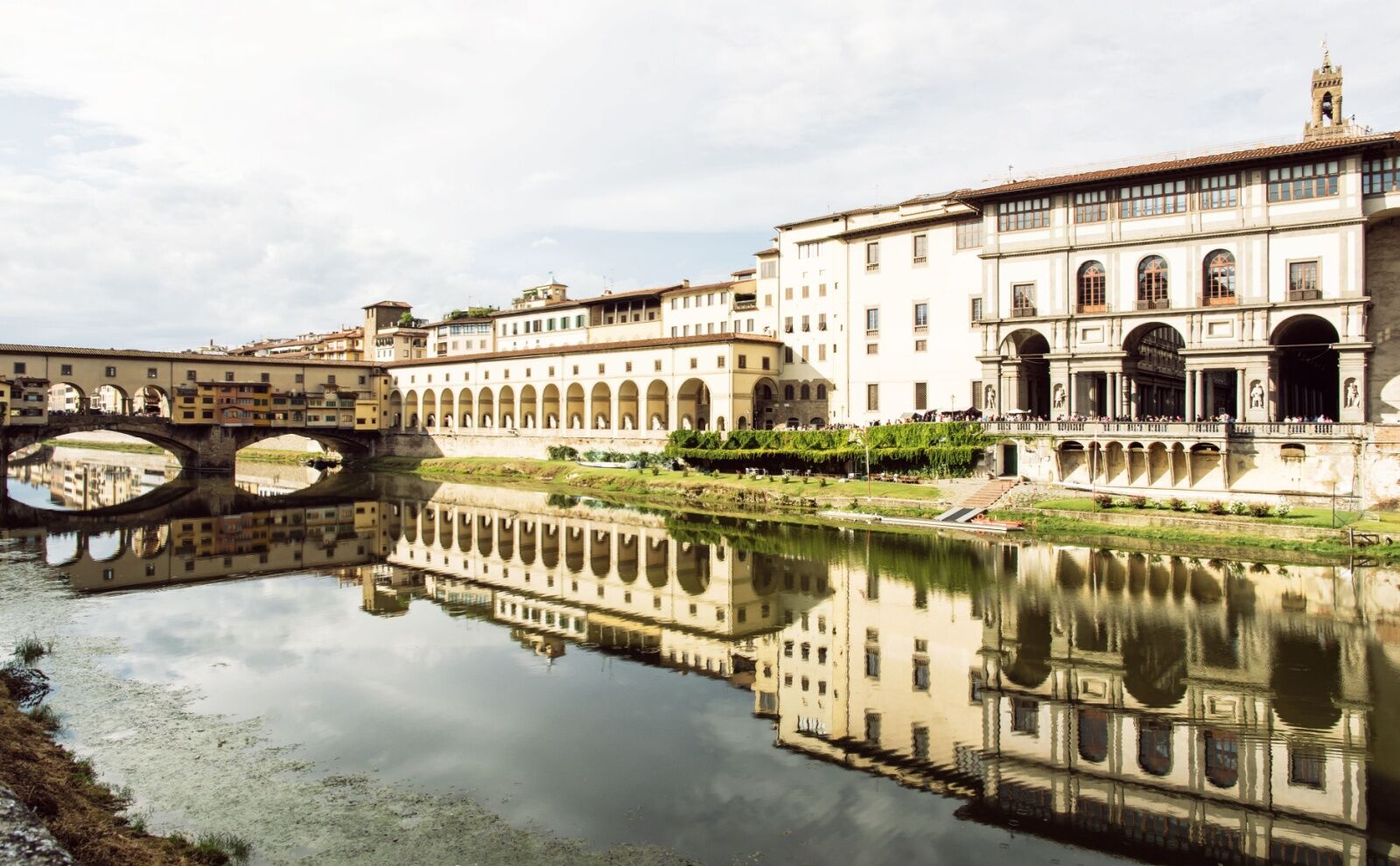Travelers headed to Italy next year will likely have to content with large crowds due to the Vatican Jubilee year — but there’s also so much new to see in the country in 2025 that it may be worth the crowds.
Florence’s Corridoio Vasari, or Vasari Corridor, is a hidden passageway steeped in history. And as of December 21, it’s open again to the public after a nearly decade-long closure. But there’s a catch if you want to visit: you’ll need a special ticket, and only 650 people are allowed to see it each day.


